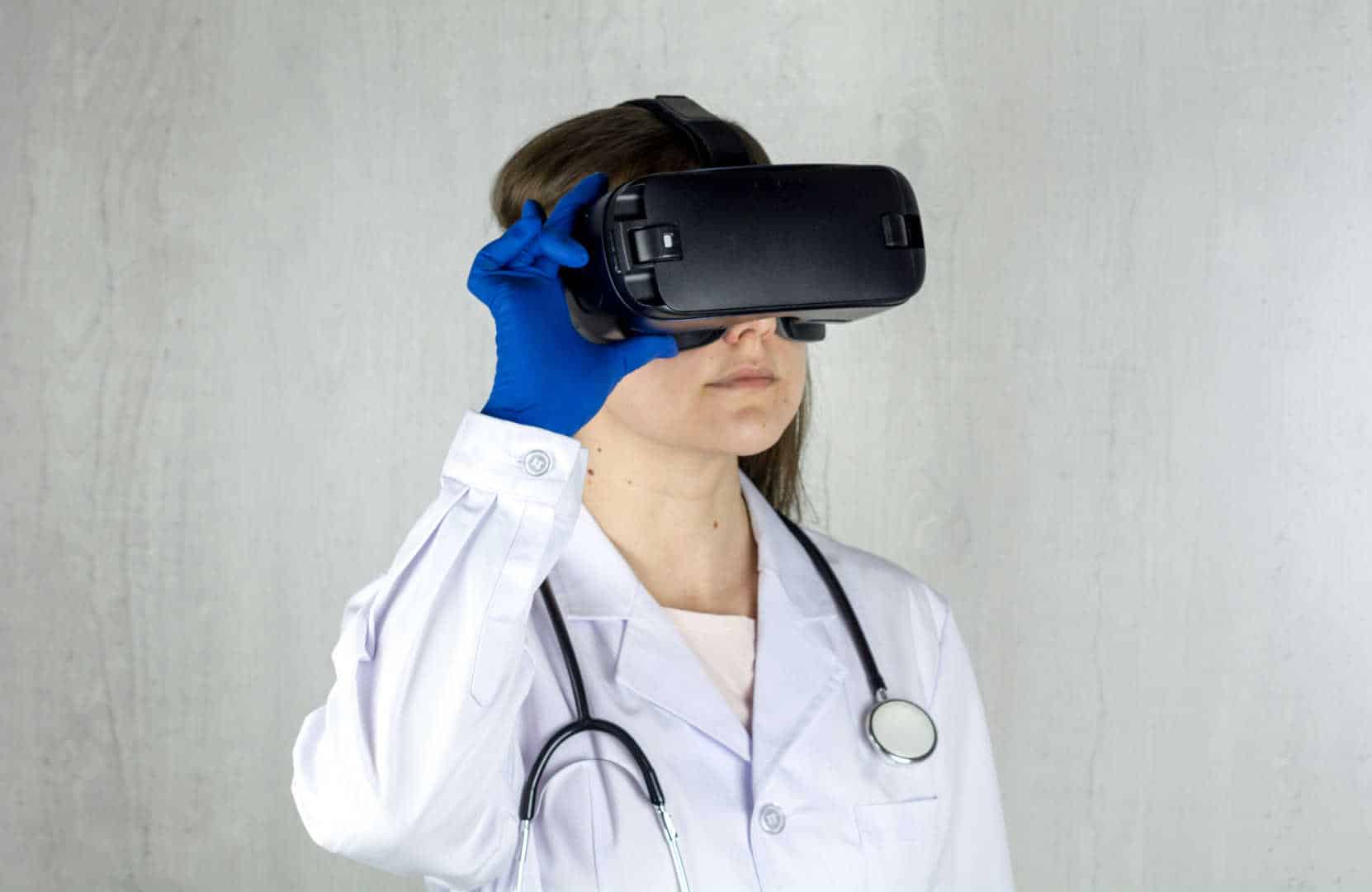9 Tips for the Successful Launch of Your Medical Device
It takes a huge amount of time and investment to get a medical device to the point where you’re ready to launch it onto the market. You finally get through regulatory submission and have approval in hand, what’s next?
It’s time to ensure you have a solid plan for your launch.
There are many things to consider, from having enough products available, to how you will market your new device. In fact, the first tip for a successful launch should be “you need to work from a launch plan.”
With that said, we’ve put together a few tips gleaned from various successfully-launched medical devices:
Prior to launch
Here are some strategies to look at prior to the launch of your new medical device:
#1. Finalize design transfer
Design transfer is a regulatory requirement and involves the transfer of your product from design to manufacturing. This is best started well before you’re actively ready to begin manufacturing because it gives you the opportunity to work early with the manufacturer.
Why is this important? Because they’re in the best position to tell you whether your design makes sense in terms of the manufacturing process. For example, they may offer advice about materials or other aspects that make up the manufacturing side.
The products manufactured must match those that are made during your verification and validation stages. Engaging early with manufacturing will help to ensure you don’t stall at this phase and delay launch.
#2. Decide how your device will be distributed
For many medical device startups, they were launched on an idea and some engineering skills. Those companies don’t necessarily also have sales and marketing skills within their repertoire.
Whether you have sales specialists internally or not, you’ll need to decide how your product is going to be distributed. How will it get into the hands of users? How will they learn about it? If you don’t have salespeople onboard, consider looking at third parties who specialize in distribution. Many of those will also have marketing as part of their package.
#3. Register your device
Every market that you might gain product approval for has some sort of device registration requirement. Make sure you know what it is and have taken care of it in the lead-up to launch!
#4. Have a marketing plan
You can have the most innovative device of the decade, but it won’t sell if people don’t hear about it. The best way to make sure the right people learn of your product is to adopt a marketing plan and follow it through.
A medical device marketing plan should consider the different avenues through which your device may be seen or recommended. For example, physician’s offices, hospital systems, retail distributors, and more. How will users be introduced to your device? Your plan needs to cover those various avenues.
Your marketing materials also need to line up with regulatory requirements. For example, any claims that you make should be backed up by the information in your approved regulatory submission.
#5. Have a reimbursement strategy
Your reimbursement strategy should have already been considered early in development. It’s important to decide how you are going to get paid for your device. For example, do you aim for it to have Medicare/Medicaid approval in the US?
It’s also important to note that reimbursement strategy can vary widely depending on where your device is going. For example, governments might negotiate a price per unit, while different hospital systems will have another price. You need to understand the pricing and/or coding system of the market you are entering and plan ahead.
#6. Conduct training for all representatives
The best way to impress potential new users of your device is to have thoroughly trained representatives who are prepared to answer any questions they may have. They must have in-depth knowledge of how the device works and what users can expect.
Your representative training will need to be in line with the needs of whoever will be making the choice to adopt the product or the end-user of it. For example, the questions a surgeon has about a new implant may be different from those of the patient who will receive it. You need to speak the language of both.
#7. Confirm your support infrastructure
Every device needs various types of support behind it. For example, some devices require service technicians and spare parts. Some just require a remote help desk that can be responsive to any questions.
You need to confirm your support infrastructure prior to launch so that you’re not caught off-guard once your product is in the hands of users. Your support infrastructure will play a critical role in helping to enhance the reputation of your new device too. People don’t recommend products that they perceive as difficult to get help with…
Post-launch activities
Once your device is on the market, there are still some things you must do to successfully keep it there!
#8. Have a postmarket surveillance program in place
Postmarket surveillance is another regulatory requirement, but it goes beyond that. Actively monitoring the performance of your device once it is out in the world allows you to be more proactive about making any potential changes.
For example, your postmarket surveillance should allow you to:
- Quickly identify and respond to any quality events.
- Gather feedback from users and note any trends.
- Take action on any events, complaints, comments, or reports that require further investigation.
Your postmarket surveillance can also help you to measure whether you’ve successfully achieved the goals of your launch. For example, do you get any common points of confusion for customers? Are there any issues with supply or distribution chains? Monitoring and measuring is a key part of the success of your device throughout its entire lifecycle.
#9. Have a revision program for your technical documentation
Your documentation housed in your QMS is required to be kept up-to-date throughout the lifecycle of your medical device. You need to record and track any changes or updates.
This may also mean you need to make amendments to any documentation available to your customers, both electronic and printed. It’s important to keep this organized by having a revision program in place. You need a systematic process for ensuring all updates are captured wherever they need to be.
Final thoughts
A successful medical device launch primarily requires an excellent plan. You’ll have pre-launch and post-launch activities that are critical for getting your product to market and keeping it there. Most of all, you want to stay on top of safety, efficacy, and your company’s reputation.
It’s important to take a holistic view across the whole chain of stakeholders and suppliers that go into producing and marketing your device. How will you have enough devices in the right place at the right time? How will you ensure that customers know how to use them to get the best possible outcomes?
Lastly, you’ve got to stay on top of your marketing plan. Breakthrough devices can languish on shelves when nobody knows about them! If you don’t have marketing expertise already, your product launch can be a great time to engage an experienced third party. The investment may be one of the best moves to ensure a return on your device investment.








